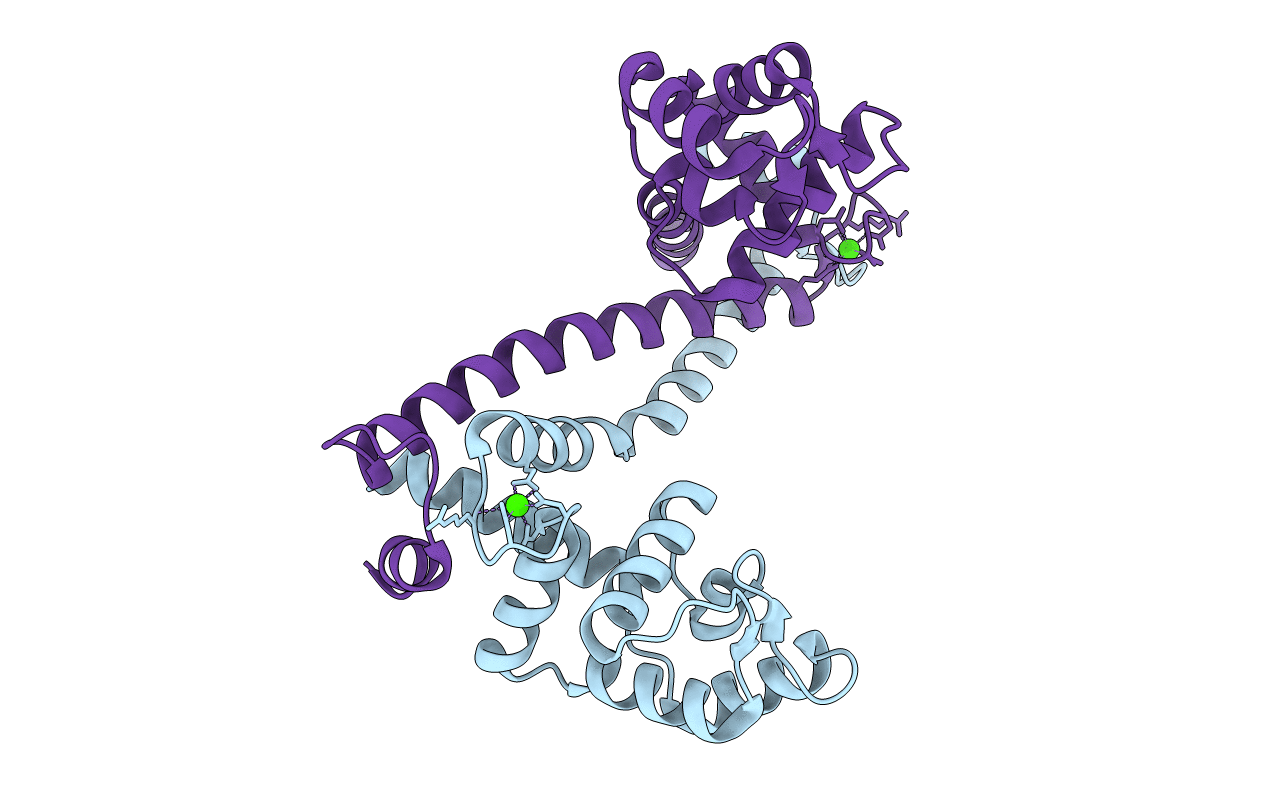
Deposition Date
2009-10-07
Release Date
2009-10-27
Last Version Date
2024-03-13
Entry Detail
PDB ID:
3A8R
Keywords:
Title:
The structure of the N-terminal regulatory domain of a plant NADPH oxidase
Biological Source:
Source Organism:
Oryza sativa Japonica Group (Taxon ID: 39947)
Host Organism:
Method Details:
Experimental Method:
Resolution:
2.40 Å
R-Value Free:
0.26
R-Value Work:
0.23
R-Value Observed:
0.23
Space Group:
P 21 21 21


